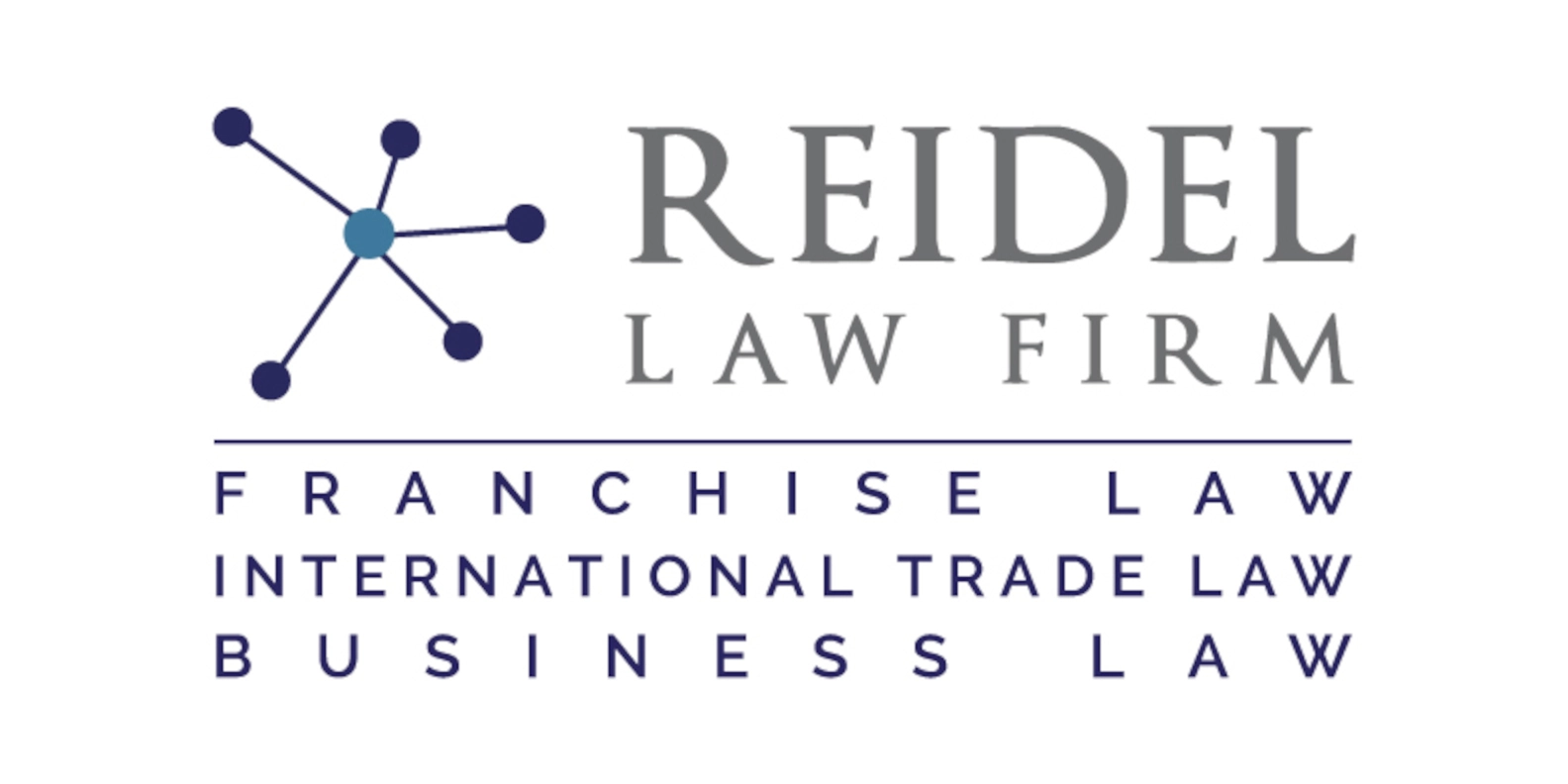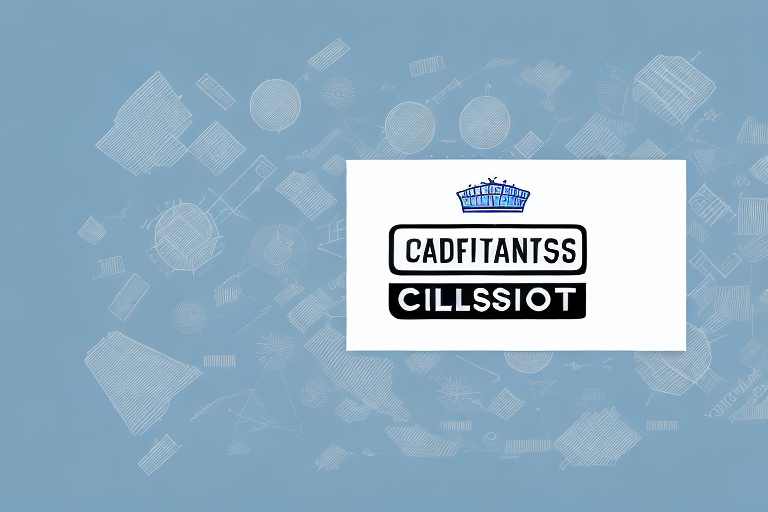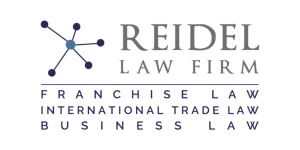The export control classification number (ECCN) is a critical component of international trade regulations. It plays a crucial role in determining the export licensing requirements for various goods and technologies. Understanding the basics of ECCN is essential for businesses involved in global trade. In this article, we will explore the importance of ECCN, demystify its system, discuss how to determine the correct ECCN for your product, and examine its impact on export licensing. Additionally, we will delve into the different categories of ECCN, navigate its complexities, and provide common mistakes to avoid when classifying products. Furthermore, we will explore the relationship between ECCN and harmonized system (HS) codes, as well as analyze the link between ECCN and denied party screening. Finally, we will discuss compliance strategies, the influence of ECCN on technology transfer and intellectual property rights, regional differences in applying ECCN, best practices for maintaining compliance, and the future trends and developments to watch out for.
Understanding the Basics of Export Control Classification Number (ECCN)
The Export Control Classification Number (ECCN) is a unique alphanumeric code assigned to goods and technologies that may have strategic value and require export control measures. ECCN categorizes products based on their nature, characteristics, technical specifications, and intended use. The ECCN system is governed by various regulations and control lists, such as the Commerce Control List (CCL) in the United States.
ECCN consists of five characters, with the first digit representing the category or product group, and the subsequent digits providing detailed information about the specific product. The ECCN system classifies items into various categories, including electronics, software, technology, machinery, chemicals, and more. By assigning an ECCN to a product, exporters can determine if a license is required for its export and how export restrictions apply.
Why Export Control Classification Number (ECCN) is Important for International Trade
The ECCN plays a crucial role in facilitating international trade while ensuring national security and safeguarding sensitive technologies. It helps governments regulate the export of goods and technologies that could potentially harm national security, violate international agreements, or pose risks to human rights.
By accurately classifying products with the appropriate ECCN, businesses can comply with export control regulations, avoid legal pitfalls, and protect themselves from penalties, fines, and reputational damage. The ECCN system facilitates transparency, enhances border security, and ensures that sensitive technologies and strategic goods do not fall into the wrong hands.
Demystifying the Export Control Classification Number (ECCN) System
The ECCN system can appear complex and overwhelming at first glance. However, breaking it down into its essential components can make it more comprehensible. As mentioned earlier, ECCN consists of five characters that provide detailed information about the product’s category, characteristics, and intended use.
Understanding the ECCN system requires familiarity with the control lists and regulations governing international trade. These lists, such as the CCL in the United States or the dual-use list in the European Union, specify the items subject to export control, their ECCN categories, and the applicable licensing requirements. Businesses must consult these lists, assess their products, and classify them correctly to ensure compliance with the ECCN system.
How to Determine the Correct Export Control Classification Number (ECCN) for Your Product
Determining the correct ECCN for a product requires a careful analysis of its technical specifications, characteristics, and intended use. Businesses must thoroughly examine each detail that could influence the classification, such as the product’s technical parameters, its intended capability, and any potential for dual-use or national security concerns.
To determine the ECCN, exporters can employ various tools and resources, including official guidelines, training programs, and classification assistance provided by government agencies and industry experts. Seeking professional advice and consulting with export control specialists can be invaluable in ensuring accurate ECCN classification for products.
The Impact of Export Control Classification Number (ECCN) on Export Licensing
The ECCN directly affects the export licensing requirements for goods and technologies. Each ECCN category has different licensing requirements based on the risks associated with the export of those items. By correctly classifying products with the appropriate ECCN, businesses can identify whether a license is required for their export.
Exporters must adhere to specific rules and regulations when applying for export licenses. These rules include screening potential recipients against denied parties lists, completing license applications, and providing relevant supporting documentation. The ECCN is a crucial factor in determining the licensing process and requirements, ensuring lawful and compliant exports.
Exploring the Different Categories of Export Control Classification Number (ECCN)
The ECCN system encompasses a wide range of categories that cover various products, technologies, and goods. These categories include electronics, software, technology, machinery, chemicals, and more. Each category has its unique ECCN codes and requirements.
Understanding the different categories is essential for accurate classification. Exporters must carefully review the characteristics and intended use of their products to determine the most suitable ECCN category. Misclassification can result in inadvertent export control violations and legal repercussions, leading to significant penalties.
Navigating the Complexities of Export Control Classification Number (ECCN)
Classifying products with ECCN can be a complex process due to the vast array of products and technologies in the global market. The complexities arise from the evolving nature of products, advancements in technology, and the constant updates and changes in export control regulations.
To navigate these complexities, businesses must stay informed about regulatory updates, maintain accurate documentation, and establish internal compliance programs. Regular training and education on ECCN classification can help ensure consistent compliance and prevent any inadvertent violations.
Common Mistakes to Avoid When Classifying Products with Export Control Classification Number (ECCN)
Classifying products with ECCN requires attention to detail to avoid common mistakes that can lead to compliance issues. Some of the common mistakes include misinterpreting technical specifications, overlooking potential dual-use capabilities, assuming incorrect ECCNs based on similarities with other products, or solely relying on past classifications.
To avoid such mistakes, businesses should prioritize accuracy and implement robust classification processes. This can involve establishing internal classification guidelines, seeking expert assistance when needed, and regularly reviewing and validating ECCN assignments.
The Role of Harmonized System (HS) Codes in Conjunction with Export Control Classification Number (ECCN)
In addition to ECCN, another important code used in international trade is the Harmonized System (HS) code. The HS code serves as a standardized product classification system used globally for customs purposes. It facilitates the uniform classification of goods for customs clearance and statistical reporting.
While ECCN focuses primarily on export control requirements, HS codes are used to categorize products for customs duties, import regulations, and other trade-related purposes. Understanding the relationship between ECCN and HS codes is essential for businesses engaged in global trade, ensuring compliance with both export control regulations and customs requirements.
The Link Between Export Control Classification Number (ECCN) and Denied Party Screening
Denied party screening is an essential process to ensure compliance with export control regulations. It involves checking potential recipients, such as individuals, companies, or organizations, against government designated denied party lists. These lists include entities with whom trade is restricted or prohibited due to national security concerns or other legal reasons.
The ECCN plays a crucial role in denied party screening as it helps determine if an export requires a license and if the recipient is subject to restrictions. By cross-referencing ECCN with denied party lists, businesses can mitigate the risk of inadvertently exporting sensitive goods or technologies to restricted entities.
Compliance Strategies for Ensuring Accurate and Consistent Use of Export Control Classification Number (ECCN)
Effective compliance strategies for ECCN classification and usage involve establishing robust internal controls and policies. Businesses should implement compliance programs that include training, regular audits, and systematic classification processes to ensure accurate and consistent use of ECCN.
Moreover, staying updated on regulatory changes, seeking expert assistance when needed, and fostering a culture of compliance are crucial for maximizing compliance effectiveness. By integrating compliance strategies into their trade operations, businesses can minimize the risk of violations and maintain a strong reputation in the global marketplace.
How Export Control Classification Number (ECCN) Impacts Technology Transfer and Intellectual Property Rights
ECCN classification has significant implications for technology transfer and intellectual property rights. Certain technologies and technical data may be subject to export control regulations due to their sensitivity or potential risks. This can affect the transfer of these technologies to foreign countries or individuals.
By properly classifying technologies with ECCN, businesses can ensure compliance with technology transfer regulations and protect their intellectual property rights. The ECCN system provides a framework to assess the potential risks associated with transferring sensitive technologies, facilitating informed decision-making and protecting valuable intellectual property.
Exploring the Regional Differences in Applying Export Control Classification Number (ECCN)
While the ECCN system provides a universal framework for export control classification, regional differences can exist in its application. Different countries or economic blocs may have variations in their control lists, licensing requirements, or interpretations of specific categories.
Exporters engaged in international trade must familiarize themselves with the export control regulations of the countries where they operate. By understanding these regional differences and adapting their ECCN classifications accordingly, businesses can ensure compliance with specific jurisdictional requirements.
Best Practices for Maintaining Compliance with Export Control Classification Number (ECCN) Regulations
To maintain compliance with ECCN regulations, businesses should adhere to a set of best practices. These practices include conducting regular internal assessments of ECCN classifications, keeping up-to-date with changes in regulations and control lists, seeking expert guidance, maintaining accurate records and documentation, implementing robust compliance programs, and fostering a culture of compliance throughout the organization.
By incorporating these best practices into their operations, businesses can mitigate the risk of non-compliance, ensure consistent and accurate ECCN classifications, and demonstrate their commitment to ethical trade practices.
The Future of Export Control Classification Number (ECCN): Trends and Developments to Watch Out For
The ECCN system continues to evolve alongside advancements in technology, changes in global trade dynamics, and emerging security concerns. It is important for businesses to stay informed about future trends and developments that may impact ECCN classifications and export control regulations.
Some trends to watch out for include the increasing collaboration among countries to harmonize export control standards, the incorporation of emerging technologies into control lists, potential updates to regional regulations, and the impact of geopolitical dynamics on trade controls. Staying ahead of these trends can help businesses proactively adapt their compliance strategies and maintain a competitive edge in the global marketplace.
In conclusion, the export control classification number (ECCN) plays a vital role in international trade. Understanding its basics, determining the correct ECCN for products, and complying with ECCN regulations are essential for businesses engaged in global trade. By navigating the complexities, avoiding common mistakes, and maintaining a strong compliance program, businesses can ensure accurate and consistent ECCN classifications. Complying with ECCN regulations not only protects businesses from legal repercussions but also contributes to overall national security and the responsible transfer of sensitive technologies. As the global landscape continues to evolve, businesses must stay informed about future trends and developments related to ECCN to adapt their compliance strategies effectively.



